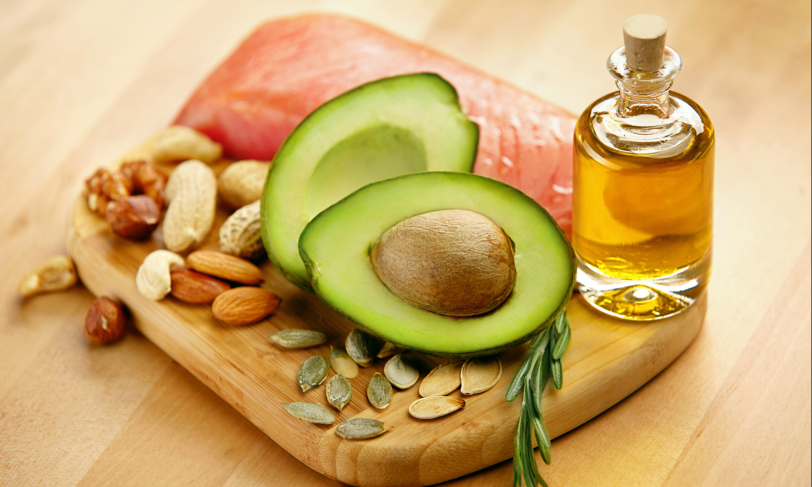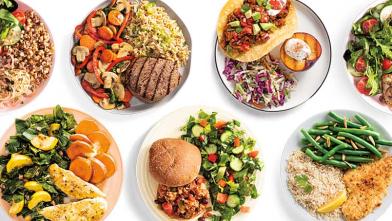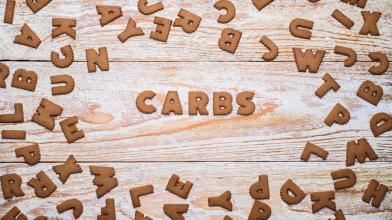You may often focus on carbohydrates (carbs) when you’re managing diabetes, but you should also keep tabs on the types of fat you include in your eating plan. Why? Having a diet high in unhealthy fats puts you at higher risk for heart disease—and people with diabetes are already two to four times as likely to develop it as someone who doesn’t have diabetes. Fat also has twice the number of calories compared to carbohydrates, which can contribute to weight gain. Let’s take a look at the different kinds of fat, which ones you should be eating, and how much of each kind you should have.
Types of Fat
There are three main types of fats, which are unsaturated, saturated, and trans. They are often split into “healthy” and “unhealthy” categories.
The healthy category contains unsaturated fat, which includes monounsaturated and polyunsaturated fat. These fats are healthy because they can help:
- Lower your risk for heart disease
- Improve HDL (often called “good”) and reduce LDL (often called “bad”) cholesterol levels
- Help with blood glucose (blood sugar) management
- Reduce inflammation
- Support gut health
Unhealthy fats include saturated and trans fats. They are considered unhealthy because they can increase LDL cholesterol levels and clog your arteries—both of which are direct risk factors for heart disease and stroke.
Examples of Healthy and Unhealthy Fat Sources
Here are some examples of foods that contain each type of fat:
Healthy Fats
Monounsaturated:
- Avocados
- Some nuts and seeds (almonds, hazelnuts, pecans, pumpkin seeds, and sesame seeds)
- Peanut butter
- Non-tropical oils (olive, peanut, safflower, and sesame)
- Olives
Polyunsaturated:
- Some nuts and seeds (walnuts, flaxseeds, and sunflower seeds) and oils (canola, sunflower, corn, and soybean)
- Omega 3 fatty acid from fatty fish (salmon, bluefin tuna, whitefish, mackerel, anchovies, sardines, black cod, herring, striped bass, and cobia)
- Tofu
- Soybeans
Unhealthy Fats
Saturated fat:
- Meats (beef, lamb, pork, dark meat poultry, and poultry with skin)
- Beef fat
- Lard
- Cream
- Butter
- Cheese
- Ice cream
- Coconut
- Palm oil
- Palm kernel oil
Trans fat:
- Fried foods (doughnuts and baked goods)
- Frozen pizza
- Cookies
- Crackers
- Stick margarines and other spreads
- Baked goods that use shortening or partially hydrogenated oils
How Much Fat You Should Eat
The American Diabetes Association’s Standards of Care in Diabetes states there is no ideal percentage of calories from carbohydrates, protein, and fat for people with diabetes. The amount of carbs, protein, and fat you should eat depends on many factors, including your eating pattern, food preferences, and health goals.
The Nutrition Facts label is a great resource to find out how much and which type of fat is being used in a product. When reading the label, aim for products that are 10% or lower of the Daily Value (DV) for saturated fat and 0 grams of trans fat. Check the ingredients section to make sure no hydrogenated oils are listed.
While consuming fat may not raise blood glucose, fat is packed with calories. Be choosy with your fats by selecting those that are unsaturated. To get you started, here are a few recipes that are low in saturated fat.
Don’t miss out on any of our other diabetes-friendly recipes by subscribing to the Diabetes Food Hub monthly e-newsletter. Sign up today!








